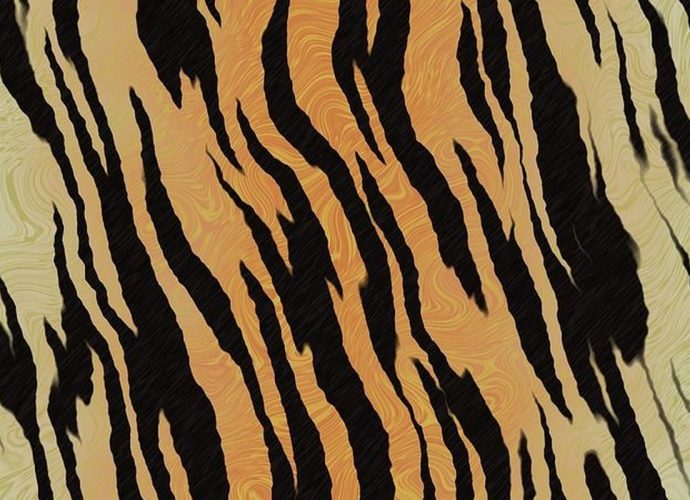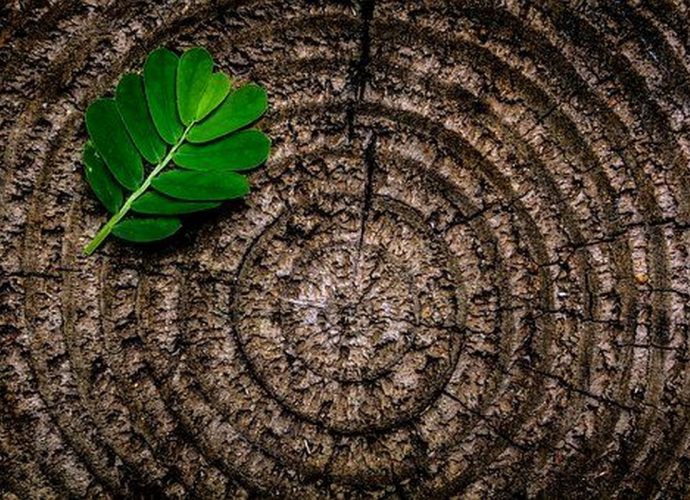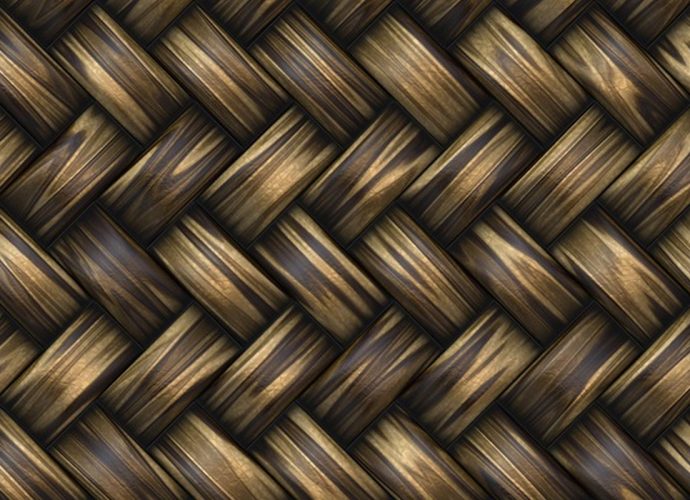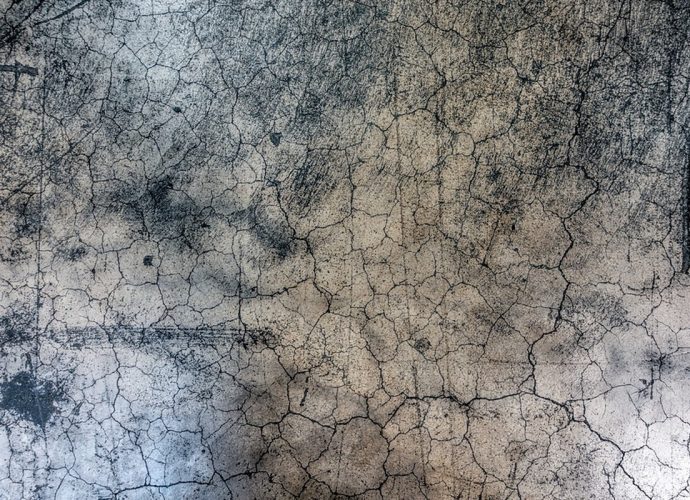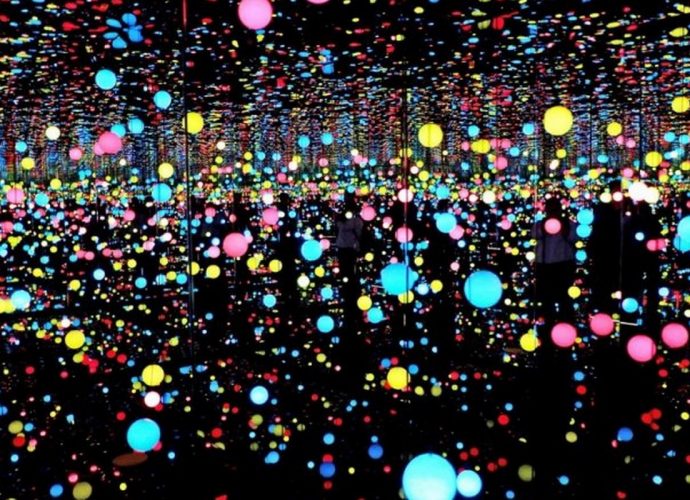Do Seagulls Drink Salt Water Or Freshwater?
How is it that seabirds have no problem drinking seawater? The salt they take in is absorbed and moves through their blood stream into a pair of salt glands above their eyes. The densely salty fluid that results is excreted from the nostrils and runs down grooves in the bill.Read More →

